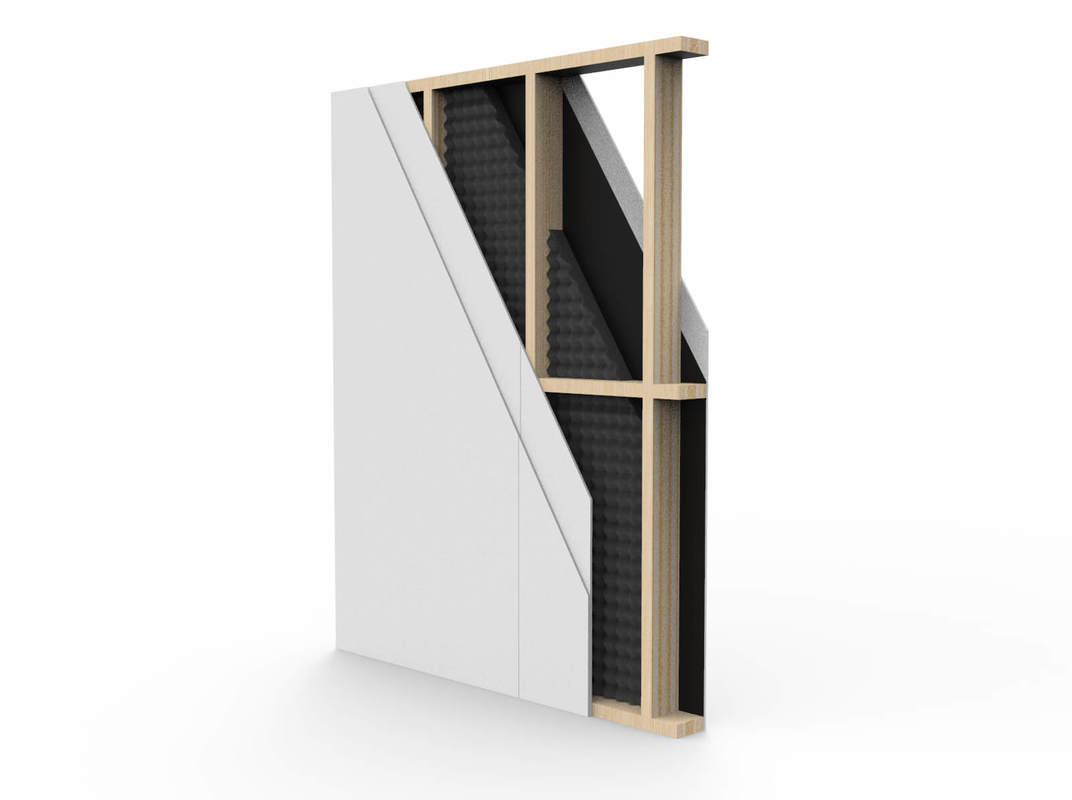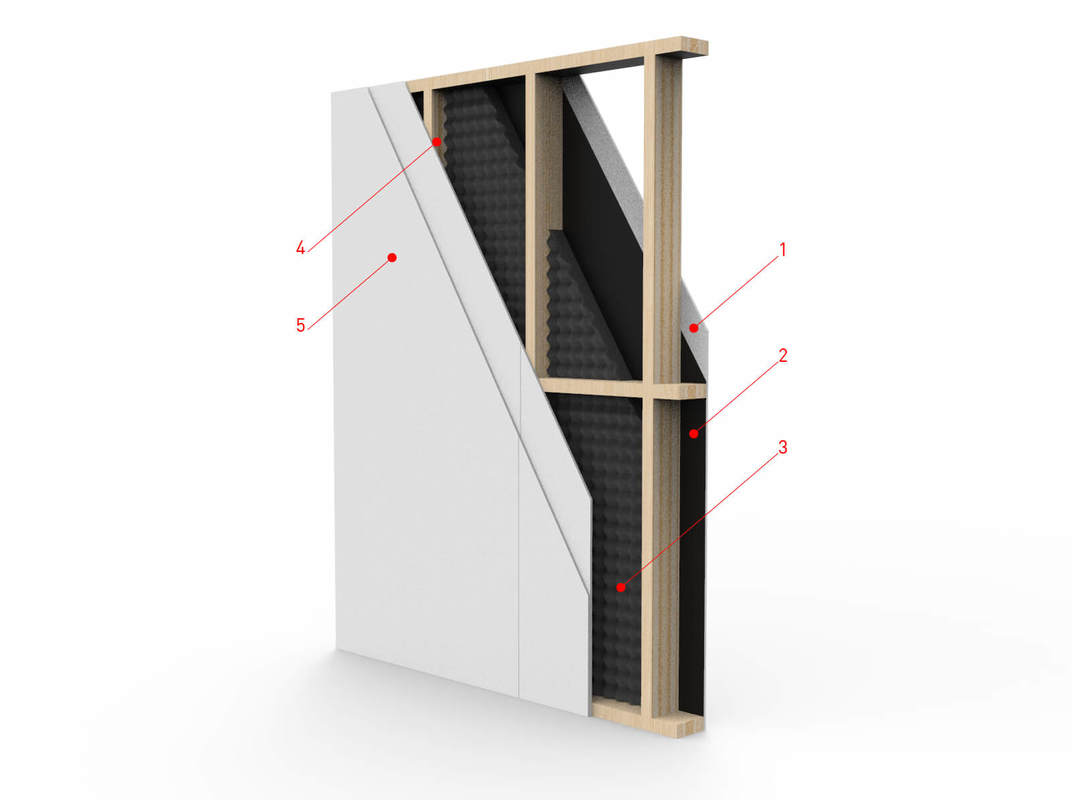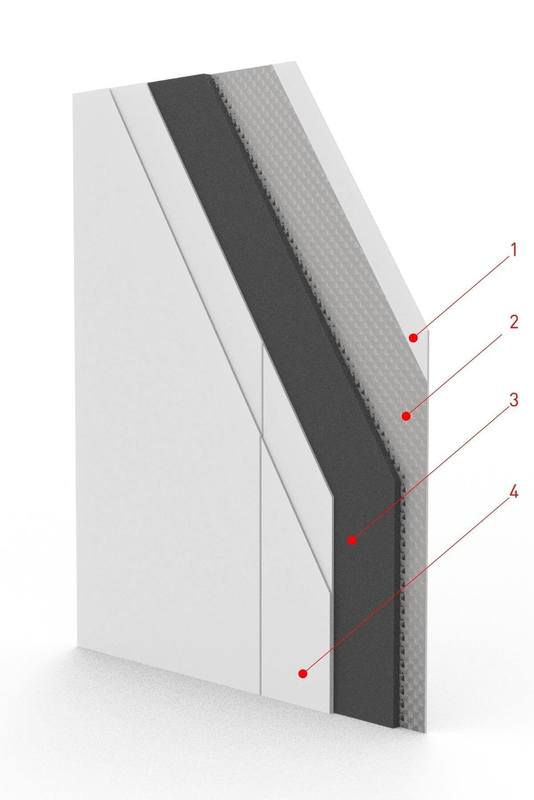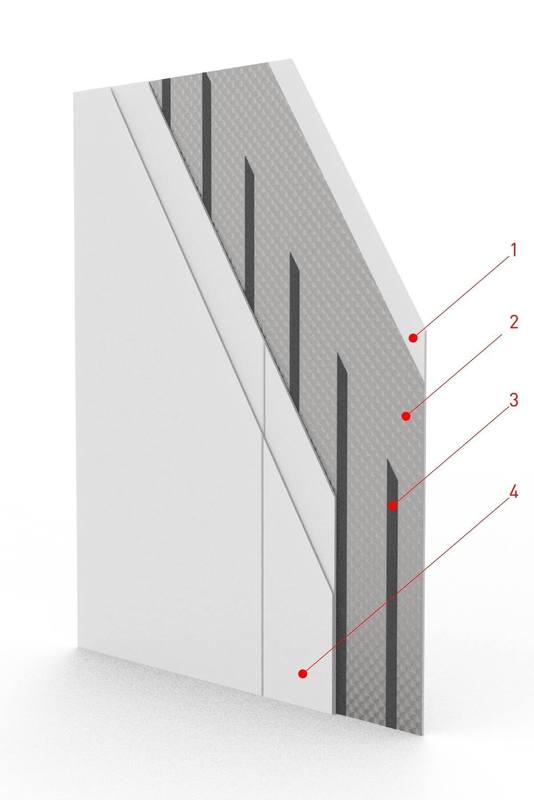How to soundproof a wall – The solution to disturbing noise
Soundproofing walls is an effective method for reducing sound transmission between rooms and creating a quieter, more comfortable environment. Whether it's homes, offices, or other spaces where noise levels affect comfort and function, there are solutions that make a difference. The right methods and materials are crucial for achieving optimal soundproofing – and for solving your acoustic challenges.
What does soundproofing walls involve?
Soundproofing a wall means preventing sound from penetrating from one side to the other. This is done by breaking the sound's path using heavier materials, creating air gaps that dampen sound waves, and using sound-absorbing products such as acoustic foam or mineral wool. This combination of techniques effectively blocks both high and low frequencies, making it a solution for all types of sound problems.
Problems that soundproofing solves
Disturbing noise can affect everything from work environments to home comfort. Here are some examples of how sound insulation can improve everyday life:
Reduced sound transmission
Reduce sound between rooms, which is especially important in homes with thin walls or multi-family dwellings.
Increased privacy
Prevent private conversations or activities from spreading to other parts of the home.
Better acoustics
Reduce echoes and sound reflections, especially in rooms such as studios or home theater systems.
Improved working environment
Create a quiet workplace free from distractions, whether it's a home office or a commercial work environment.
Protection from external noise
Block out traffic noise, neighbor activities, or other external disturbances.
Improved sleep quality
Soundproof walls can create a peaceful bedroom environment, free from unwanted noise.
Why is soundproofing important in different environments?
Noise problems occur in many different environments, and soundproofing walls is a versatile solution. Here are a few examples:
Home
Soundproofing provides peace and quiet in bedrooms, living rooms, and home theaters.
Office
Improve concentration and reduce background noise in open-plan offices or meeting rooms.
Restaurants and hotels
Increase guest comfort by minimizing disruptive noise between rooms or dining areas.
Studios and cinemas
Create an optimal acoustic environment for recording or entertainment.
Public spaces
Improve the sound environment in schools, libraries, and healthcare facilities where noise can affect well-being.
How our solutions work
We offer products that are designed to deliver maximum results in sound insulation. Our materials are not only high-performing but also aesthetically pleasing and durable. Whether you want to reduce noise levels in your home or optimize the acoustics in your workplace, we can offer solutions that match your needs. The products are easy to install and designed to fit into all types of spaces, from modern homes to industrial environments.
Take the step towards a quieter environment
Soundproofing walls is key to creating a more pleasant and functional environment, where disturbing noises are no longer a problem. Explore our products and solutions to find the right option for your needs. By choosing our sound-absorbing and soundproofing materials, you get a long-term and effective solution for a quieter everyday life.









